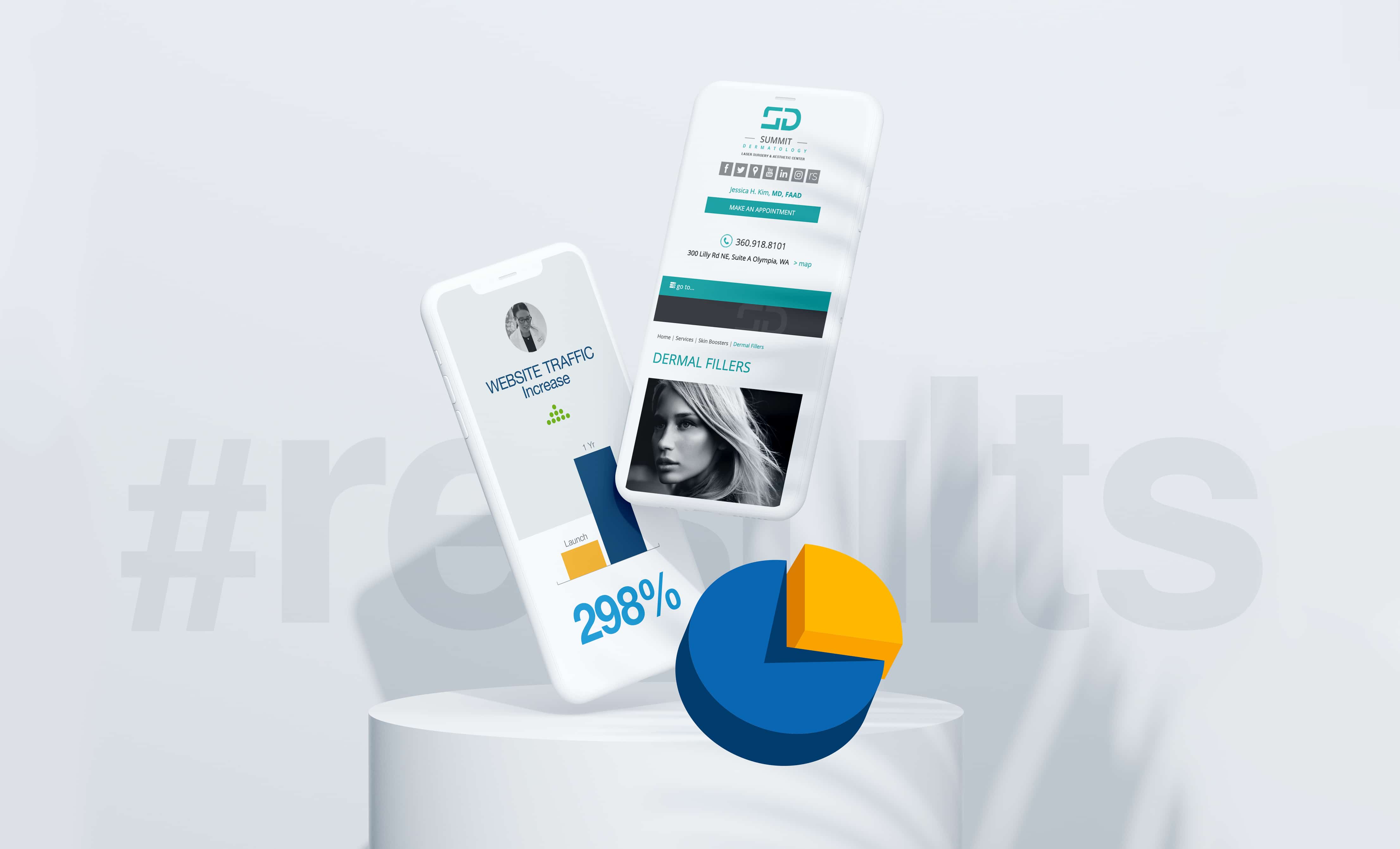Simply put, you need a company that will partner with you to bring clients through your doors. That's how We Make You Money.

Connecting with the Next Generation
Digital Marketing caters to a new, tech-savvy consumer that your business needs to connect with to stay relevant. MyAdvice provides excellence in the realm of digital marketing to drive the modern-day client and revenue to your business. While many of our competitors talk about search engine rankings for website traffic, we talk about conversions, getting paying customers through your doors. Our Power Suites make customer acquisition easy. We bring prospects to your website and convert them into phone calls or written inquiries. After all, what good is a ranking or a website visit if it doesn't result in a purchase?
When a potential prospect finds your business's website, whether through Search Engine Optimization (SEO), Social Media or Search Engine Marketing (PPC) - all MyAdvice service offerings - you have 2.9 seconds to engage that person and make them want to dig deeper into your website and read your story. That potential client needs to consider your site an appealing, easily accessible resource with relevant content and responsive, mobile-friendly optimization for customers on the go. Only then will you have a chance to convert them into a customer.
Finding the Complete Package
An integrated digital marketing program is crucial. A stagnant website and sole focus on search engine optimization is simply not enough to stand out amongst competing businesses. MyAdvice brings together best-of-breed online marketing strategies and techniques that maximize and extend the online visibility of your business. We combine our Digital Marketing Power Suite such as Premium Medical Directories, Pay-Per-Click, Content Generation, and Social Media into a comprehensive, multi-channel product line that creates the most powerful, integrated marketing engine available anywhere. To ensure that each product is operating at its highest capacity, MyAdvice uses comprehensive performance tracking that looks at overall results, as well as the results of point solutions. We focus on incremental improvements that, over time, add up to big changes. Our clients have found that the overall value of MyAdvice's incremental improvement approach and combined product suite is greater than the sum of the parts.
Achieving Excellence
The success of your business comes down to how quickly potential clients can find your business information through digital media and how willing they are to interact with your online information. When clients seek out the industry expert in their area, they turn to search engines, social media, or other familiar online forums. No longer are the Yellow Pages or other traditional methods useful to consumers today. Even the best businesses won't gain the reach to become even more successful if their business lacks visibility in the digital realm. Customers need to be able to connect with your business online. Successful Digital Marketing requires a solid strategy and steadfast effort to ensure that you reach your audience and stand apart from the competition.
MyAdvice's digital marketing Product Suite ensures that clients improve their digital presence and achieve measurable results. Our products implement a cohesive, comprehensive digital marketing program for your business. Our team can bring a constant stream of new visitors to your website, new clients to your business, and more revenue to your business. Your success is our success!

